Pesticides are everywhere these days, as big agriculture becomes ever bigger. Nonorganic produce is sprayed with toxic, synthetic pesticides designed to kill living organisms. Residue from pesticides remains on all of these fruits and vegetables, but the amount on some produce is worse than others.
The USDA Pesticide Data Program (PDP) releases reports on pesticide residue found in conventional produce. Detectable pesticide residues were found on 65 percent of food samples after they had been washed or peeled.[1] Not all pesticides can be removed by washing, as they can also leach into the skins of the produce while it is growing.
Here are the top fruits and vegetables containing pesticide residues. If you have to choose only a few fruits and vegetables to buy organic, make sure these top 5 worst offenders are on your list.
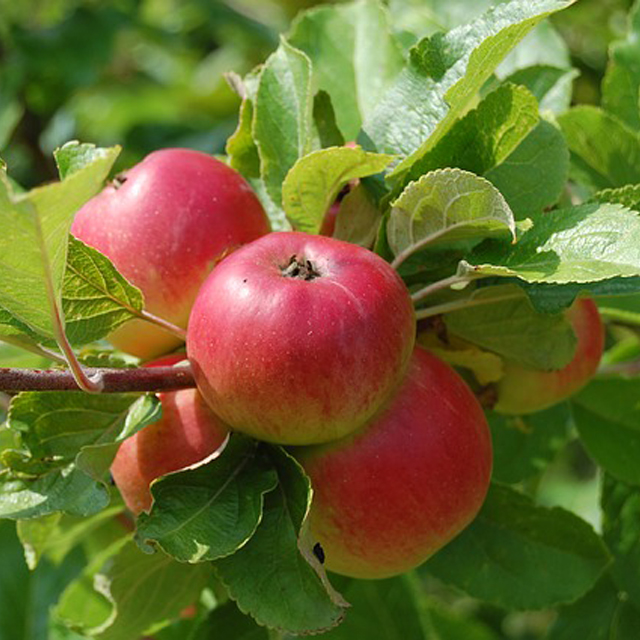 |
Apples: 99 percent of samples of this popular fruit tested positive for at least one pesticide residue. 47 different pesticide residues were found in conventional apples by the PDP in 2010, with diphenylamine (DPA) being found on over 80 percent of apples.[i] DPA is a chemical that is sprayed on apples to preserve them all year long, and is banned in Europe. In fact, DPA levels are so high that most US apples cannot legally be sold in the European Union.[ii]
|
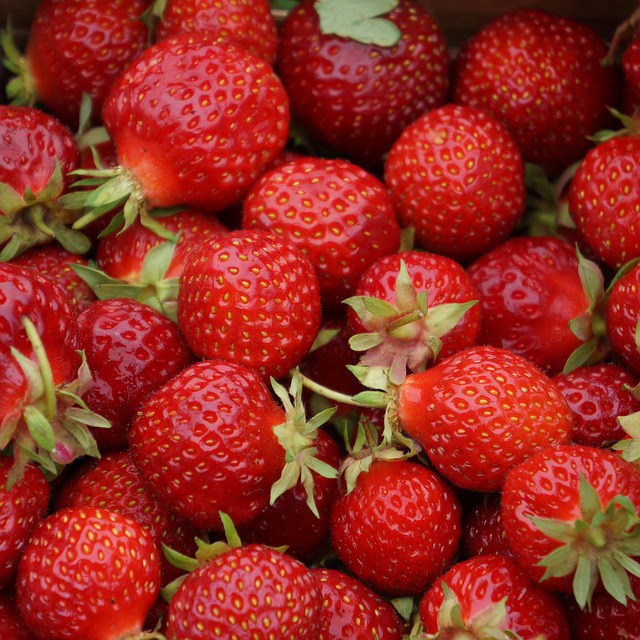 |
Strawberries: 45 different pesticide residues were found in this fruit by the PDP in 2009, with six known carcinogens and seven neurotoxins present.[4] These pesticides can have negative effects on the brain and nervous system. |
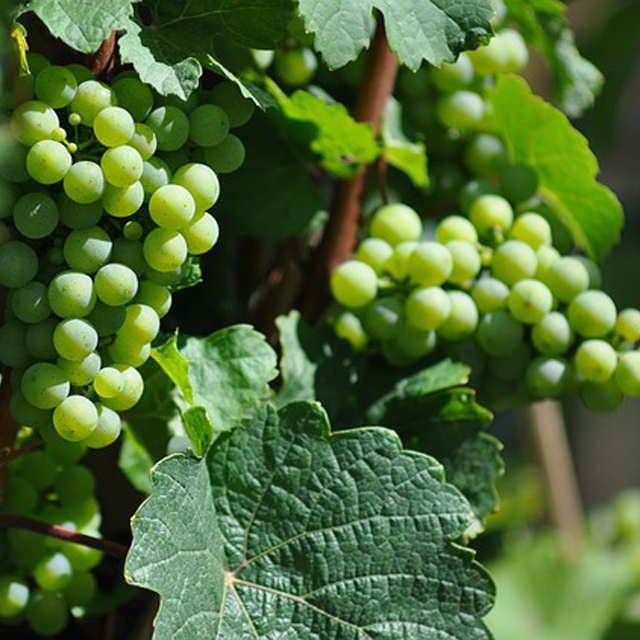 |
Grapes: 56 pesticide residues were found in grapes by the PDP in 2010. These pesticides include eight known carcinogens and four developmental or reproductive toxins.[5] Exposure to these pesticides has been linked to reduced fertility, miscarriage and a number of developmental defects.[6] |
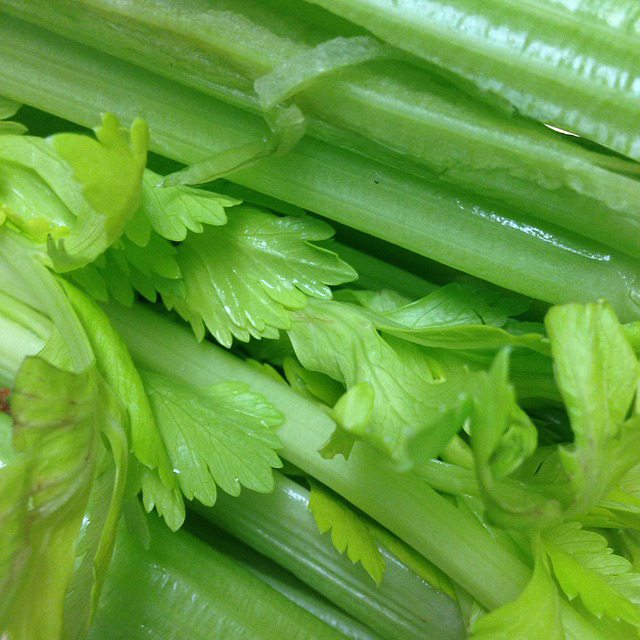 |
Celery: 64 different pesticide residues were found in celery by the PDP in 2008, the most recent year celery was tested. This includes 10 known carcinogens and 12 different neurotoxins. What’s more, Spinosad, a known honeybee toxin, was found on 100 percent of celery samples. [7] |
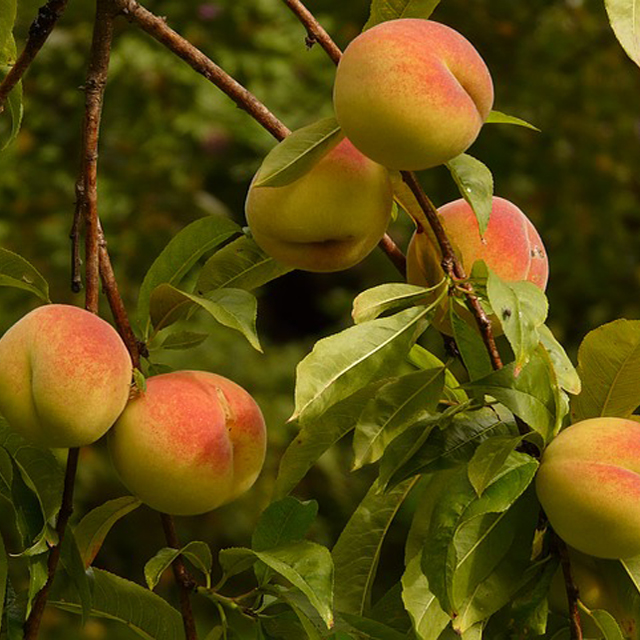 |
Peaches: This fruit is laden with different pesticides. 62 pesticide residues were found by the PDP in 2008. Of those 62, 12 are neurotoxins and 8 are known carcinogens. One of these pesticides is the toxic Chlorpyrifos, whose exposure has been linked to neurological effects, persistent developmental disorders and autoimmune disorders.[8] |
Pesticides are toxic by design, created to kill living insects and plants. Many pesticides pose health dangers to people as well. Pesticides have been linked to a variety of health problems, including brain and nervous system toxicity, cancer, hormone disruption, and skin, eye and lung irritation.
The only way to be sure that your produce is not grown with harmful pesticides is to buy certified organic produce whenever possible. Organically grown food is the only food legally mandated to safeguard human health, animal welfare and the environment. That’s why organic is the best choice for people wanting to eat foods grown without the use of toxic, synthetic chemicals, sewage sludge, growth hormones, irradiation or genetically engineered ingredients.
Eating organic as often as possible is a great way to keep pesticides out of your body. Organic produce can be more expensive than conventionally grown produce, but you can buy organic and still stick to your budget. One way is to prioritize your spending by concentrating on organic versions of the foods your family eats the most often to minimize your exposure to toxic pesticides.
You can learn more about organic food and pesticides over at our Organic & Beyond program.
----------------------------------
[1] http://www.ewg.org/foodnews/summary.php
[2] http://www.ams.usda.gov/AMSv1.0/getfile?dDocName=stelprdc5098550
[3] http://www.rodalenews.com/pesticides-apples
[4] http://www.ams.usda.gov/AMSv1.0/getfile?dDocName=STELPRDC5091055
[5] http://www.ams.usda.gov/AMSv1.0/getfile?dDocName=stelprdc5098550
[6] http://www.panna.org/your-health/reproductive-health
[7] http://www.ams.usda.gov/AMSv1.0/getfile?dDocName=STELPRDC5081750
[8] http://www.ams.usda.gov/AMSv1.0/getfile?dDocName=STELPRDC5081750








